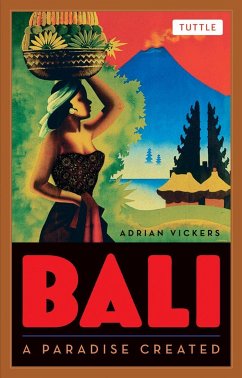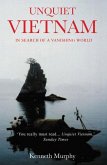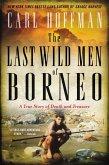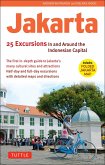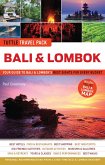From the artists and writers of the 1930s to the Eat, Pray, Love tours so popular today, Bali has drawn hoards of foreign visitors and transplants to its shores. What makes Bali so special, and how has it managed to preserve its identity despite a century of intense pressure from the outside world? Bali: a Paradise Created bridges the gap between scholarly works and more popular travel accounts. It offers an accessible history of this fascinating island and an anthropological study not only of the Balinese, but of the paradise-seekers from all parts of the world who have invaded Bali in ever-increasing numbers over the decades. It shows how Balinese culture has pervaded film, art, literature and music so that even those whoAEve never been there have enjoyed a glimpse of paradise. This authoritative, much-cited work is now updated with new photos and illustrations, a new introduction, and new text covering the past 20 years.

